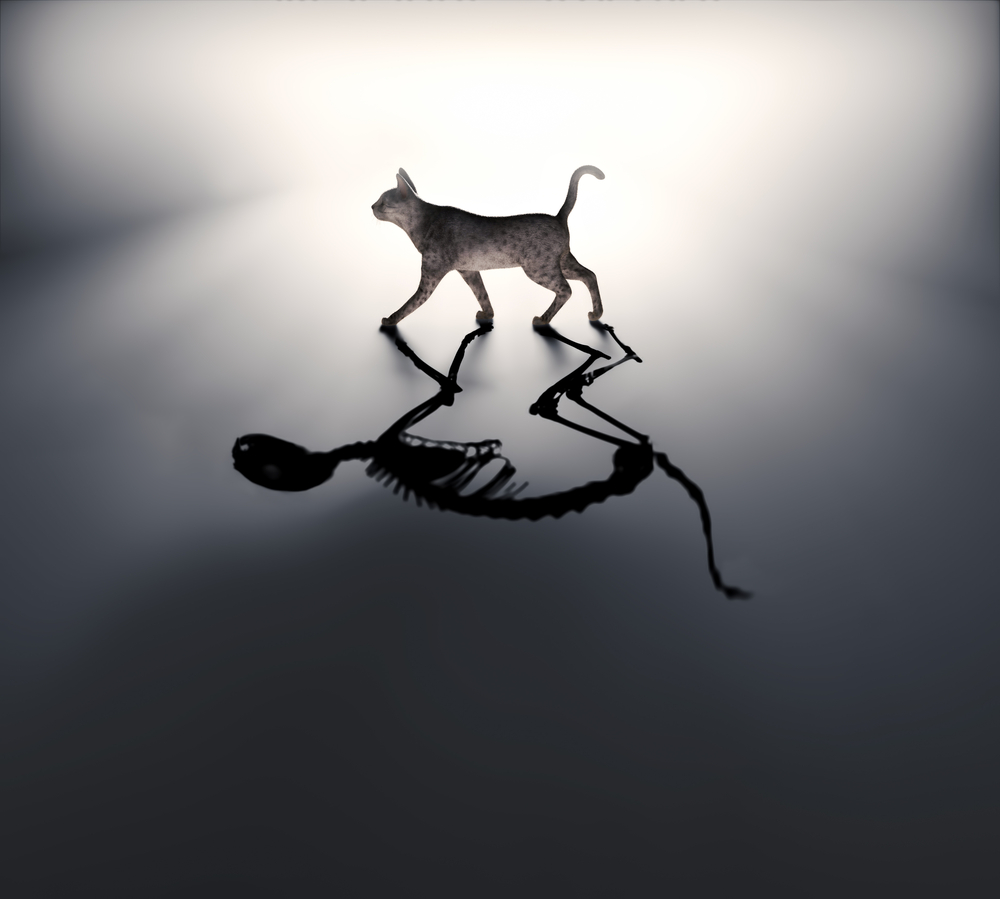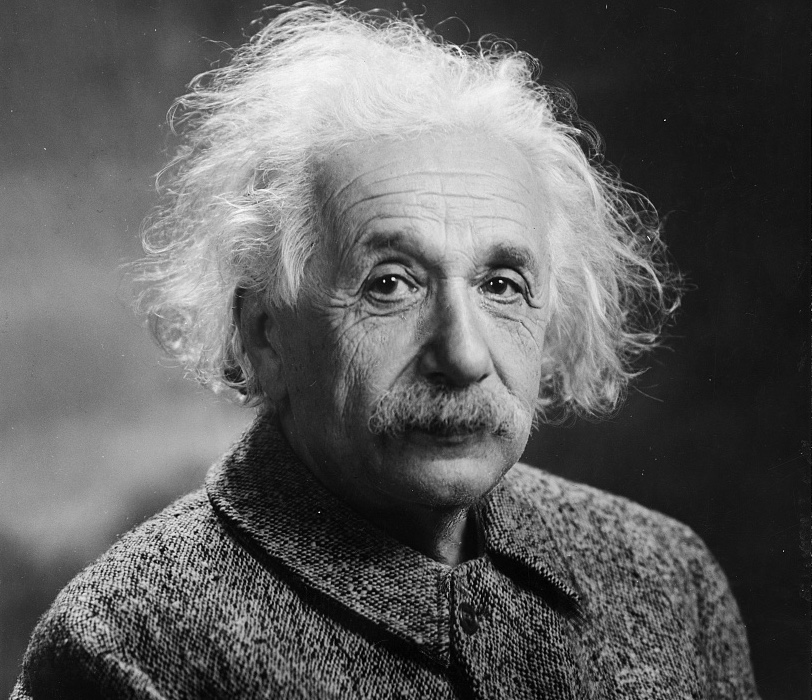18 Times Quantum Particles Blew Our Minds in 2018
Mind-blowing science

The small world got up to some pretty big things this year. From strange Schrödinger’s-cat situations to mysteries of water to impossible-seeming particles flying up from the Antarctic ice, particle physics proved that there are many unknowns in the universe for us to explore. Here are the 18 most stunning quantum mechanics and high-energy particle physics stories of 2018.
Quantum data got denser than ever

To build quantum computers, scientists will have to first figure out how to manipulate and effectively store information with quantum objects. In 2018, researchers hit a milestone in that effort, packing 18 qubits of quantum information into just six photons, a new record.
The thermometer went Schrödinger

In our world, temperature is just one thing. If a freezer is cold enough to make ice, any water you put inside it should freeze. But quantum mechanics allows for objects to exist in uncertainty between multiple states, in a sense to be more than one thing at the same time — just like Schrödinger's cat is both alive and dead in his thought experiment. And in 2018, we learned that this applies to temperature as well. Quantum objects can, from a certain point of view, be both hot and cold at the same time.
Light lost track of time

Time is supposed to flow in one direction, following the path set for it by causality. A bowling ball rolls down a lane and smacks into a pin, so the pin falls. The pin falling doesn't cause the bowling ball to roll down the lane and smack into it. But in the quantum realm, things are fuzzier. A team of scientists in 2018 sent a photon on a journey, one that should have taken it down path A and then path B, or path B and then path A. But thanks to the loosey-goosey way quantum objects function, that photon didn't follow one path before the other. It followed both of them, without bothering to pick an order.
Quantum physics forced us to re-evaluate life

In theory, quantum physics should work for objects of any size. But many researchers believe that life might be too complicated for any sort of meaningful quantum effects to emerge. But an experiment conducted in 2016 did seem to show bacteria interacting quantum mechanically with light in a very limited, subtle way. In 2018, another group of researchers went back and looked at that experiment and found that something much deeper and stranger might have been going on, forcing us to re-evaluate life and the quantum world.
A tiny dumbbell spun really, really fast

Sometimes, when you've got a new toy, you've got to take it out for a spin. That’s what scientists did with joint spheres of silica this year, "nanodumbbells" just 0.000012 inches (320 nanometers) long and approximately 0.000007 inches wide (170 nm). Using lasers, they blasted those dumbbells up to rotational speeds of 60 billion whirls per minute.
Water revealed its Jekyll and Hyde

There isn't really just one kind of water molecule, a quantum-physics experiment revealed this year. Instead, there are two. Both are made up of two hydrogen atoms sticking up from one big oxygen atom, H2O. But in one kind of water, called "ortho-water," those hydrogen atoms have quantum "spins" pointing in the same direction. In another kind of water, called "para-water," those spins point in opposite directions.
Get the world’s most fascinating discoveries delivered straight to your inbox.
Einstein was proved right yet again

A team of Swiss scientists has performed a massive test of one of the strangest paradoxes in quantum mechanics, a huge example of the sort of behavior Albert Einstein skeptically called "spooky action at a distance." Using a super-cooled clump of nearly 600 atoms, they showed that entanglement still works even at very large (quantum-mechanically-speaking) scales.
20 qubits got entangled

Qubits are the fundamental unit of information in quantum computers, and making quantum computers work will involve entangling them with each other. In 2018, an experiment managed to entangle 20 of qubits together and make them talk to one another, then read back the information they contained. The result was a sort of prototype of short-term memory for a quantum-computer system.
Quantum radar got closer to becoming a reality

Military radar works by bouncing radio waves off objects flying through the sky. But in regions near Earth's magnetic north pole, those signals can get scrambled. And there are stealth planes designed to avoid bouncing radar waves back at their source. In 2018, Canada made progress on a quantum radar that would bounce light photons off incoming planes, after entangling those photons with other photons far away, at the radar base. The quantum radar system would study photons at the base to see if their entangled partners were being tampered with by quantum technologies.
Quantum randomness became a bit more democratic

Randomness is extremely important to cybersecurity. But true randomness, which is physically impossible to predict, is surprisingly hard to come by. One of the few sources of randomness in the world is the quantum realm, which is inaccessible to most of us. But that changed in 2018, when scientists created an online randomness "beacon" — a public source of random strings of numbers that anyone can access. They've since made that source more complex and useful, and there are more sources of public randomness coming soon.

 Live Science Plus
Live Science Plus





